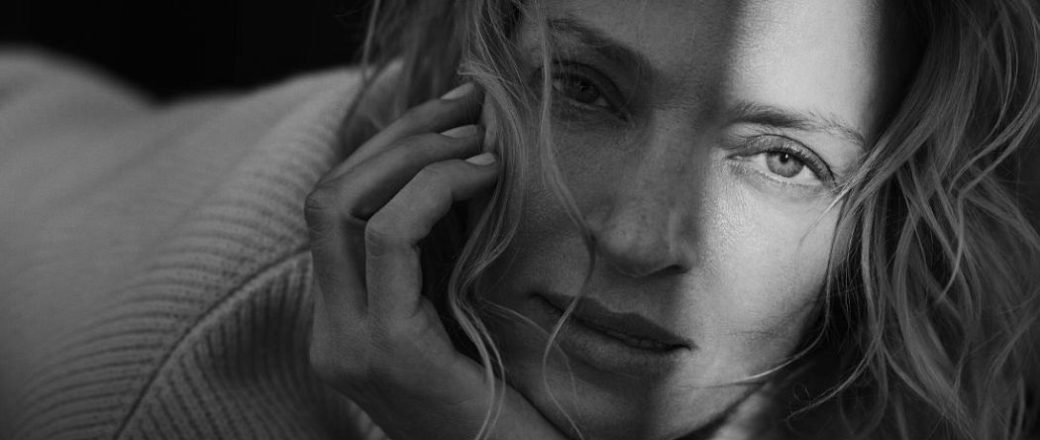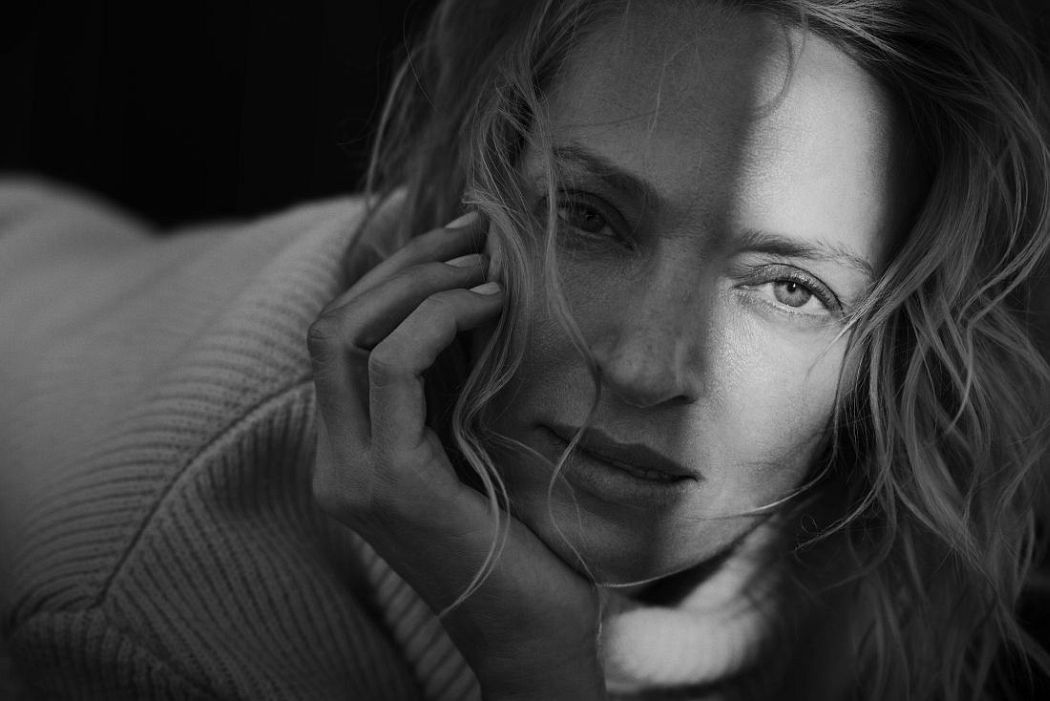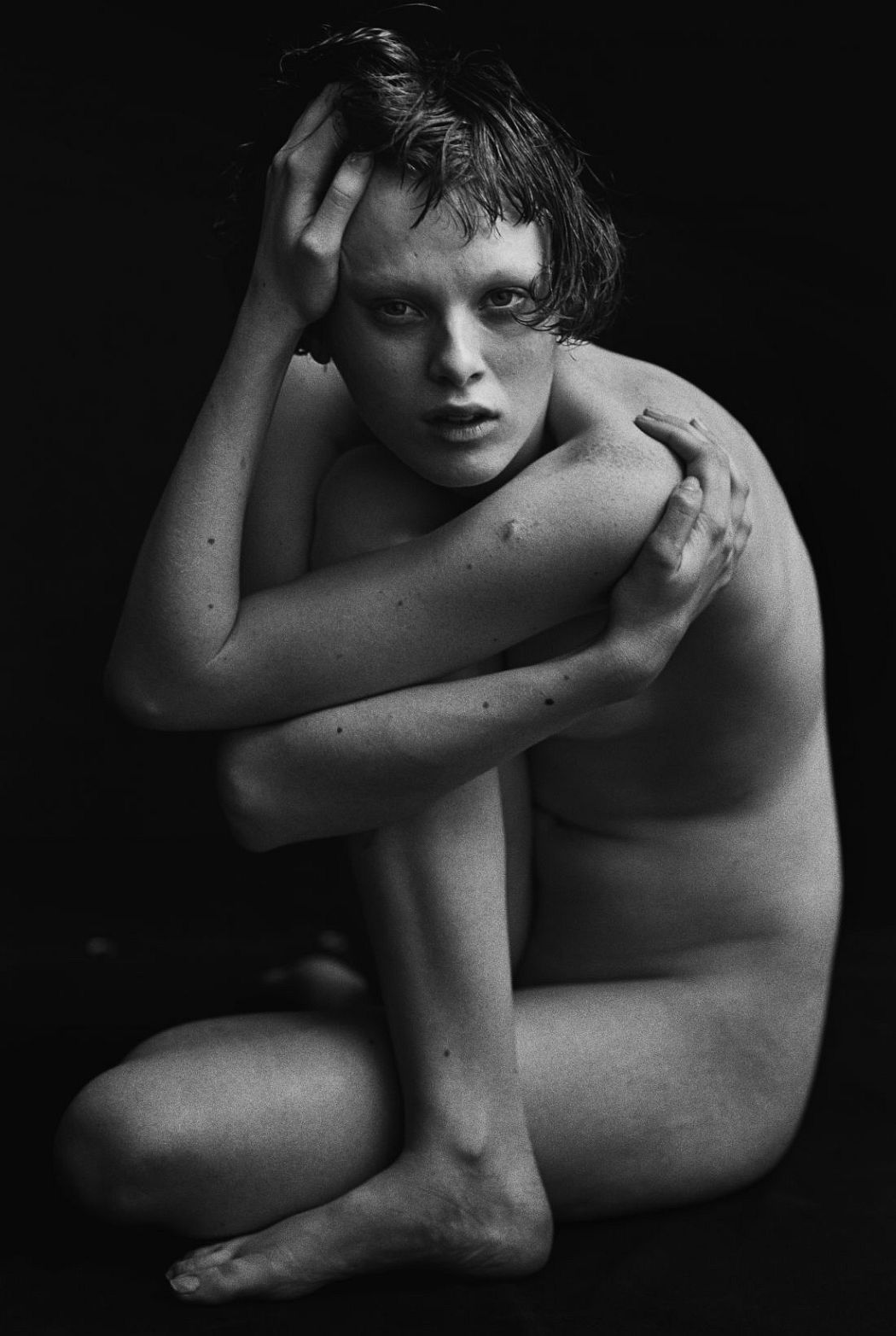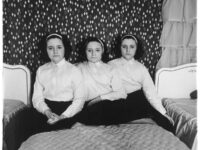Untold Stories is the first ever survey exhibition curated by Peter Lindbergh himself. Born in 1944 and raised in Duisburg, the German photographer spent two years working on an uncompromising collection of 140 photographs that will offer a deep insight into his extensive oeuvre, spanning from the early 1980’s to the present day. The exhibition celebrates the legacy of Peter Lindbergh, who passed away in September 2019, while showcasing this master’s highly personal approach to his work. “The first time I saw my photographs on the walls of the exhibition mock-up, I was startled, but in a positive way. It was overwhelming to be thus confronted with who I am.”, Lindbergh explained in an interview for the catalogue in June 2019. The show offers an extensive, first-hand look at images that are usually short-lived; being mostly commissioned and published by monthly magazines such as Vogue, Harper’s Bazaar, Interview, Rolling Stone, W Magazine or the Wall Street Journal.
Lindbergh’s comprehension of fashion photography was that it can – and should – exist very well without putting fashion in the centre. His images successfully transcend their own context, redefining the parameters of fashion photography and contemporary culture. “The exhibition allowed me to reconsider my images in a non-fashion context. The presentation aims to open the photographs to different interpretations and perspectives.” stressed Lindbergh during the conversation. “However, I don’t try to claim that my pictures aren’t fashion photographs, that wouldn’t be true either. I insist on the definition ‘fashion photography’ because for me that term doesn’t mean that one has to depict fashion – photography is much bigger than fashion, it is part of contemporary culture.”
The exhibition is conceived in three chapters. Two large-scale installations bookend the presentation and shed a fresh and surprising light on Lindbergh’s work. Manifest, the monumental opening installation, which features several largescale bluebacks, was developed especially for the presentation and provides an immersive and thought-provoking introduction to Lindbergh’s understanding of fashion photography.
In the central section of the exhibition, Lindbergh arranged the works he personally considered key to his oeuvre. He experimented with his own material and revealed new stories while staying true to his language. Both, emblematic and never before exhibited works are shown in pairs or groups that give rise to unexpected and striking interpretations.
The exhibition closes with the film installation Testament (2013), which uncovers a hitherto unknown side of the practice and character of the German photographer. Shot through a one-way mirror, the film shows the silent exchange between Lindbergh’s camera and Elmer Carroll. The Florida death row inmate spent 30 minutes looking intently at his reflection – thoughtful, introspective and without significant facial animation. Shown for the first time, the Testament installation adds an unexpected layer to the exhibition and opens a discussion about subjects that were of central importance to Peter Lindbergh: introspection, empathy and freedom.
Peter Lindbergh was born in 1944 as Peter Brodbeck in what is now Leszno, Poland, a town which at the time was part of the German Wartheland. Shortly after his birth, the family moved to Duisburg, where he spent his childhood and youth. Following a short career as a window dresser in Berlin, he attended the art academy in 1962, where he studied painting. Brodbeck continued his artistic training at the Werkkunstschule in Krefeld where, in 1969, his first exhibition was held at the Galerie Denise René – Hans Mayer. It was only then that he decided to switch to photography. Initially, he trained with the commercial photographer Hans Lux in Düsseldorf, and then went on to establish his own photography studio in 1973, which he soon ran under the professional name of Lindbergh. Together with photographers Helmut Newton, Guy Bourdin, and Hans Feurer, he joined the publishing group of the magazine Der Stern. In 1978, a commission took him to Paris, where he made his breakthrough. Towards the end of the 1980s, his natural, approachable photographs of young women garnered international attention, establishing the era of the supermodel. Throughout a career spanning more than 40 years, Peter Lindbergh’s photographs appeared in magazines such as Vogue, Harper’s Bazaar, The New Yorker, Interview, Rolling Stone, W Magazine, and the Wall Street Journal. His work is seen in museum collections all around the world, including those of the Victoria and Albert Museum, London; the Centre Pompidou, Paris; the Metropolitan Museum Of Art, New York; as well as the Kunstpalast, Düsseldorf. Peter Lindbergh lived and worked in Paris until his death in September 2019.
Peter Lindbergh
Untold Stories
5 February – 1 Junr 2020
Kunstpalast
Ehrenhof 4-5
40479 Düsseldorf
www.kunstpalast.de

Peter Lindbergh Universal Studios, Los Angeles, 2004 © Peter Lindbergh (Courtesy Peter Lindbergh, Paris)

Peter Lindbergh Linda Evangelista, Michaela Bercu & Kirsten Owen Pont-à-Mousson, 1988 © Peter Lindbergh (Courtesy of Peter Lindbergh, Paris)








